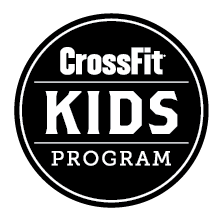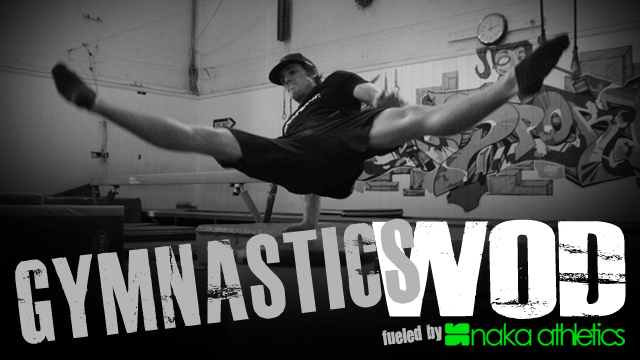6
Aug / 12
A Closer Look at the Hip Thrust (aka Hip Bridge)
Categories: Lifting, Workout of the Day
posted by: Sean
Hip Thrusts (or Bridges as we commonly call them) are a staple in our warm-ups which we also recommend as an accessory movement to help strengthen and/or activate the gluteal complex (something that most of us really need). Bret Contreras, a strength coach whose material I read regularly and have come to respect, recently posted an awesome tutorial entitled “Everything You Need to Know About the Hip Thrust” on his website which includes an excellent video breakdown. Here are a handful of take-aways:
- Brett uses a barbell for ease of loading, and he suggests placing it just above your pubic bone on your lower abdominals and the top of your hip flexors (think where the bar touches your hip crease as you set-up with a snatch grip). Keep the bar in place during the movement and use your hands to keep the bar from rolling upward towards your chest, or downwards towards your “baby maker”.
- Don’t allow yourself to slide back and forth as you perform your hip thrust. Think about pivoting upward and downward.
- Brett really focuses on keeping the back in neutral. It is very common to allow one’s back to hyper-extend and/or allow one’s pelvis to tilt anteriorly (if the pelvis is a soup bowl, anterior tilt means the soup would spill forward), but Brett gives some great cues on what to look for and how to fix it in the same post and videos.
Brett discusses three variations of hip thrusts that all have subtle differences in set-up and execution. The first is what I would consider the basic barbell hip thrust where hips and shoulders both start on the ground (heavier loads, less hip ROM). The next is the elevated barbell hip thrust where the shoulders are elevated on a bench or a box while the hips start from the floor (lighter loads, more hip ROM). Finally is what Brett calls the “American” hip thrust where one sets up a little higher on a bench or box so the pivot point is around the middle back and the elbows remain on the bench or box to assist with the pivot action. The goal is to set yourself up so your torso is at a 45 degree angle, but Brett really digs the “American” hip thrust because he has found it to really activate the gluteal complex much more than the other variations.
Easily turn your unweighted hip bridges into weighted hip bridges during your warm-up or add them post-workout for some great accessory work. Read more on ways to alter the timing of reps and rest when performing sets and the tips I mentioned earlier about maintaining a neutral back position by visiting Brett’s post here.
WOD 8.06.12
Max Height Box Jump
“Helen”
3 Rounds For Time:
400m Run
21 Kettlebell Swings
12 Pullups


 310.465.6565 |
310.465.6565 |


























comments